On the Ground at Auto Shanghai: A Closeup View of China’s Auto Industry Ambitions
You may be surprised to learn that in China “New Energy Vehicles” (NEVs) already make up one third of new car sales—no small number in the world’s most populous country. With changes in technology, strong government support, and local automakers keen to compete on the global stage, China is rapidly advancing its automotive ambitions.
In this article, we talk to leaders in the NSK China Technology Center about momentum in the automotive industry in China, trends in EV technology, and the response to new NSK products unveiled at Auto Shanghai 2023.
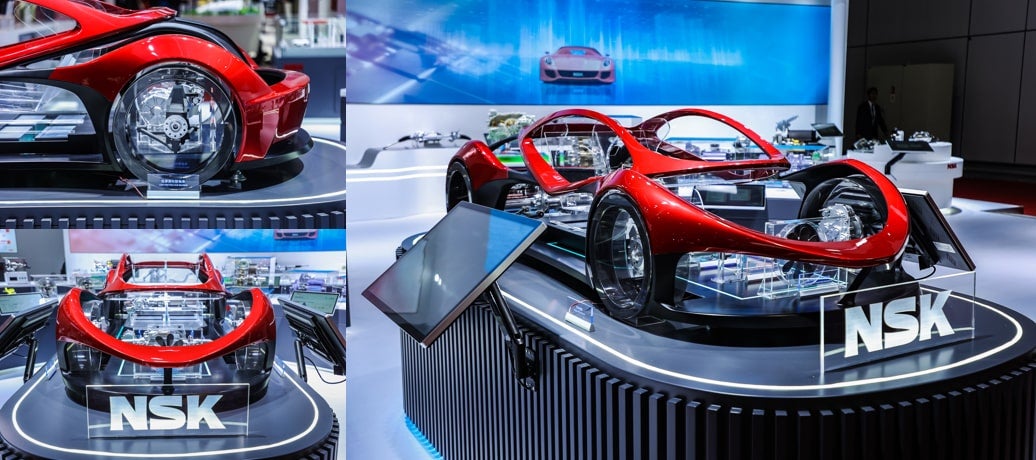
NSK’s Booth @Auto Shanghai, New Proposals Geared for the Chinese Market
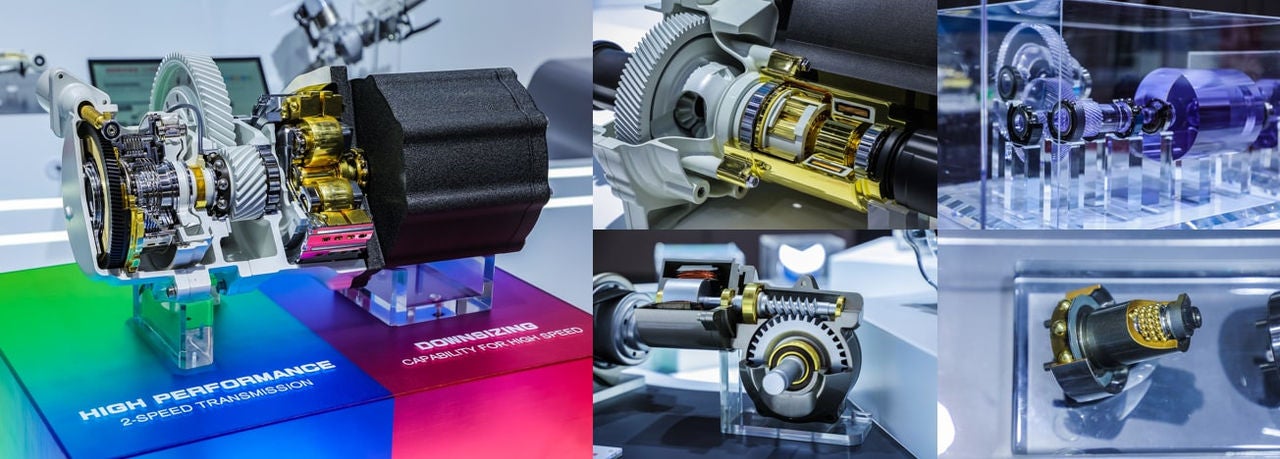
Profile
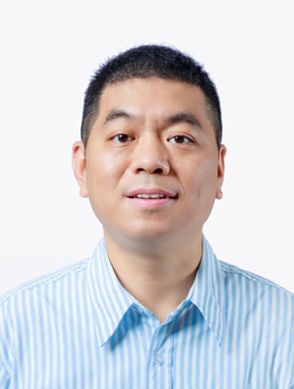
Chen Feng
Deputy General Manager
Head of Automotive Bearing Technical Center
NSK Research China
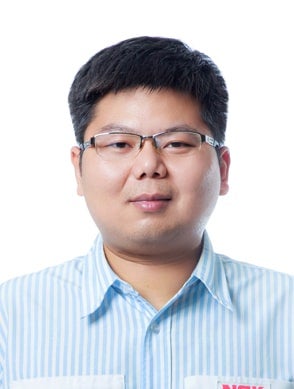
Xu Yayun
Senior Manager
Automotive Bearing Technical Center
NSK Research China
China' s Rapid Development in the Auto Industry
In terms of technology and approach, Japan, Europe, and the US have defined what cars are and how they are made for the last 100 years. But today, electrification and computerization are changing the landscape in the automotive industry, with battery and electronics manufacturing giants in China looking to flex their expertise as a competitive edge.
In China, sales of new energy vehicles (NEV) including battery electric vehicles (BEV) and plug-in hybrid electric vehicles (PHEV) were bolstered by generous government subsidies. Though these subsidies ended in 2022, NEV sales have continued to increase, and China appears on track to meet its goal of NEVs accounting for 40% of new car sales by 2030.
China is now the leading global exporter of NEVs, and Chinese automakers are moving to expand sales abroad, including to Southeast Asia, South America, Europe, and Japan, while continuing to improve their technology.
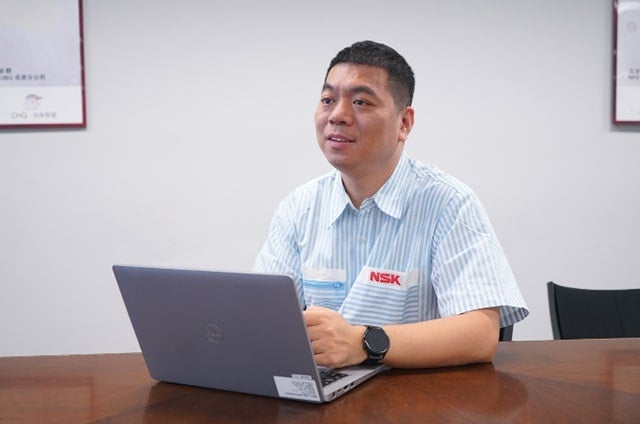
A New Perspective
Conventional internal combustion engine (ICE) vehicles have complex engines and transmission systems, requiring hundreds of moving parts. In contrast, a BEV drivetrain might have only a few dozen moving parts. This changes the nature of the problems in automotive design to be more electrical or software-focused than mechanical. Some newly burgeoning NEV automakers are suggesting that making a car is perhaps not so different than making a smartphone or home appliance.
Driven by changing technology and reduced complexity, the development time of a BEV is significantly shorter than an ICE vehicle. A major upgrade to an ICE vehicle could take four to six years, but new models of BEVs are being developed in two to three-year cycles. This rapid development schedule allows Chinese car companies that focus on BEVs to quickly respond to market demand while accumulating a lot of hands-on experience.
Gotta Go Fast — Accelerating Development
The short development cycles of local EV makers has also required us to revamp our schedule and seek out new ways to accelerate our own development and production deployment. Speed is such a priority that the automaker may want a quote and prototype in their hands in less than half the usual time, and the competitors that can’t meet this initial deadline are eliminated from the running on the spot.
To meet these rapidly evolving needs, we are further expanding our R&D Center in China to speed up and enhance our development, testing and analysis capabilities. Further, NSK actively proposes new solutions to customers, and we dispatched guest engineers to work on-site with customers on a continuous basis to make sure that our communication is speedy and responsive.
Renewed Focused on Branding
In the past, Chinese automakers overwhelmingly focused on low prices, with look and feel no more than an afterthought. But after a couple decades of experience, Chinese automakers today have homed in on what the consumer wants. New NEV models have sleek exteriors from world-class designers and comfy interiors with smooth curves and features that cater to both drivers and passengers.
Chinese automakers are also developing a more discerning eye for the components they use. Rather than accepting supplier proposals at face value, producers in China have developed a strong technical understanding and have specific needs for products that align with their design philosophy and approach.
Fledgling NEV makers in China had to keep prices low to survive in a highly competitive and challenging market, but after leveling up with experience, their eye is on higher cost-performance as the key to taking share from ICE and gaining hold in markets abroad. In terms of component makers this means they want products that maximize performance without breaking the bank. Finding new and innovation solutions that match budget requirements can be challenging, but at the same time it is an exciting time in the industry with lots of opportunities to make waves.
NSK has developed and proposed new solutions which have been well received by customers over the past few years as well at Auto Shanghai.
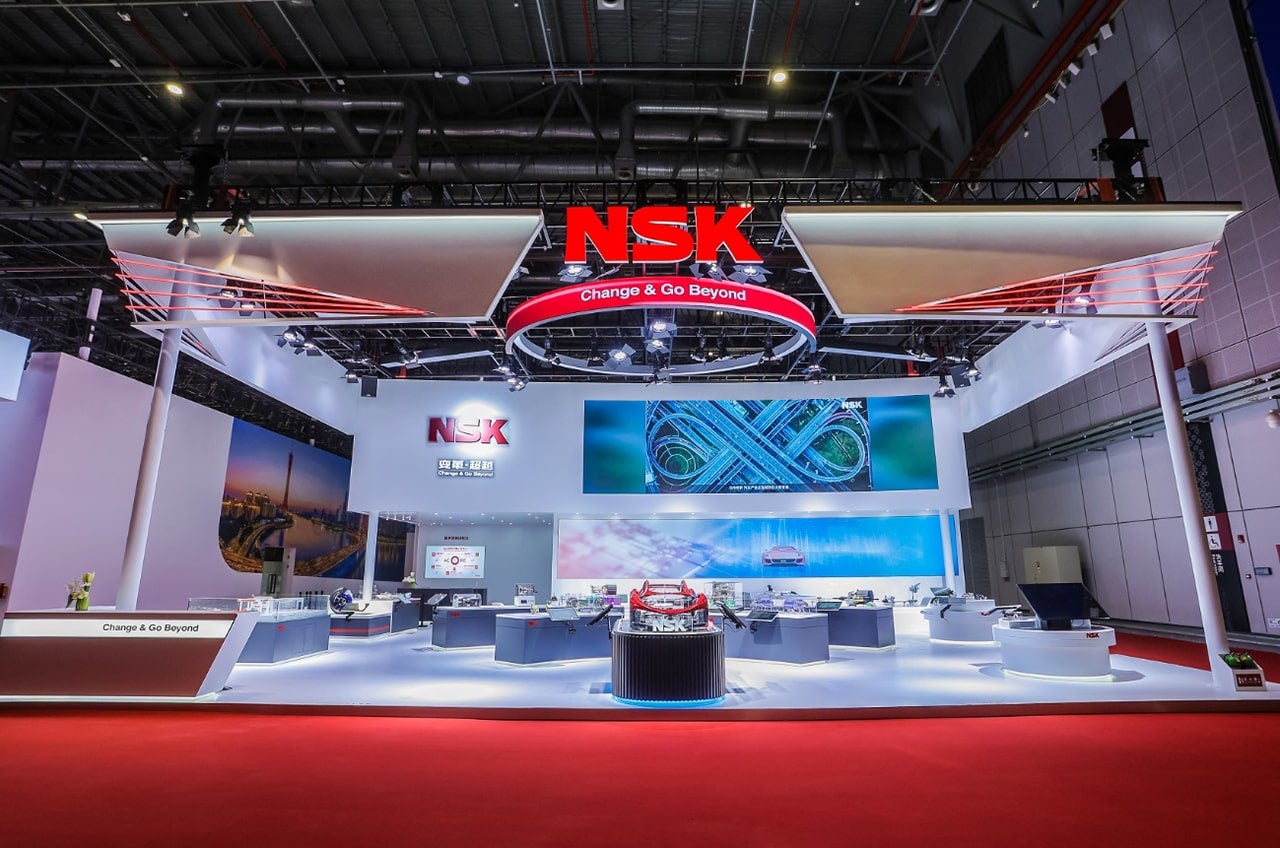
NSK Booth @ Auto Shanghai
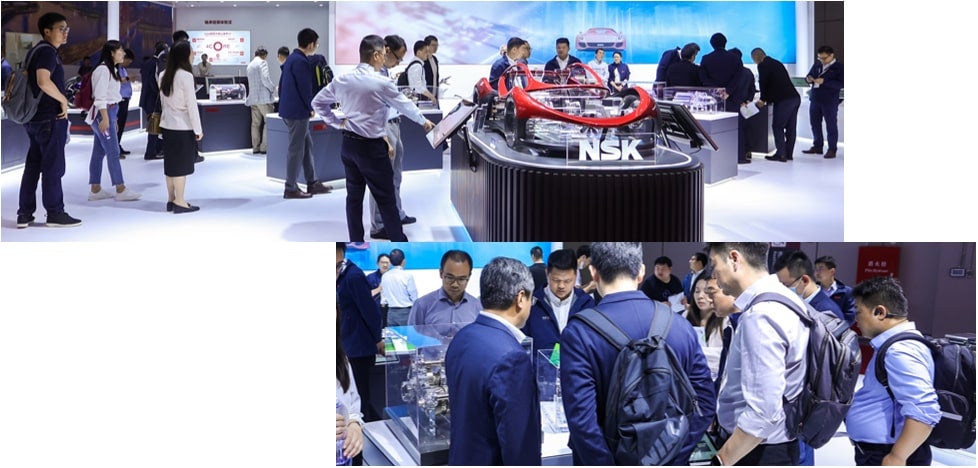
How Was Auto Shanghai?
Auto Shanghai was very exciting this year. In the past few years, travel restrictions put a damper on international media attention at motor shows in China, but this year’s Auto Shanghai was square in the spotlight as travel restrictions eased and Chinese automakers impressed with new high-quality offerings.
Automakers and component makers alike have typically debuted new products in Japan or Europe followed by exhibitions in other countries. With increasing momentum in the automotive industry in China many companies are electing to develop and exhibit new products specifically for the Chinese NEV market. It was great to see healthy competition with so many companies stepping up their efforts in the market.
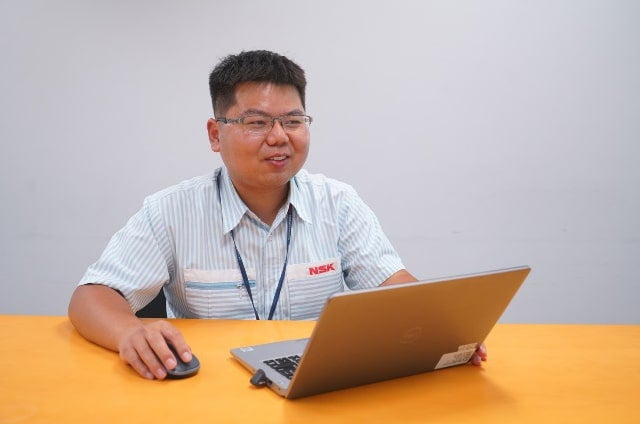
What Was New From NSK?
At the Shanghai Motor Show, NSK presented a wide range of electrification products that enable carbon neutrality and NEV innovation in “Driving,” “Steering,” and “Braking.” NSK has been working closely with many of the biggest automakers in China and continues to anticipate and track new trends and changes in technology.
In the “Driving” category, one important trend is the switch to higher voltages, with the fast-charging capabilities of 800-volt systems poised to replace the slower charging 400-volt architecture used by most current EV models. A higher voltage poses several engineering challenges, including a need to combat electrical erosion, which can cause fatal damage to bearings and components in the electric motor and drivetrain.
NSK has brought to market three new cost-effective solutions to this problem, so customers can choose based on cost, required level of insulation, and design of nearby components: Insulating Polymer Coated Bearings, Overmolded Bearings, and the NSK Conductive Brush Set that reliably protect components through electrical insulation or conduction.
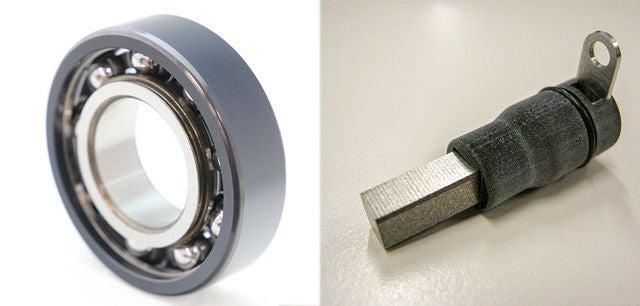
Overmolded bearing (left), Conductive brush (right)
NSK’s other solutions also garnered significant attention, such as the “Selectable One-Way Clutch (OWC) & Electric Clutch Pack” and “One-Way Clutch for EV Drive Disconnect Mechanism”, a solution for parallel-shaft 2-speed eAxles with a simple structure that can respond to the diversification of eAxle designs.
In the “Steering” category, we proposed a single-pinion EPS, which is lightweight in line with NEV needs, and in the “Braking” category, we exhibited “Ball screws for electro-hydraulic brakes” that contribute to high brake responsiveness and advanced safety technologies such as of automatic braking.
Moving Forward
From the solutions needed today to the technology of the future, NSK will continue to develop innovative proposals that contribute to NEV, solve real technical issues, and contribute to carbon neutrality.
[Related Articles]
